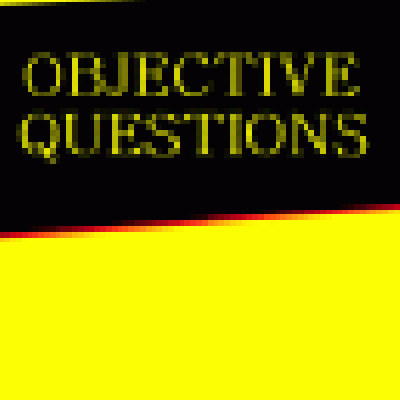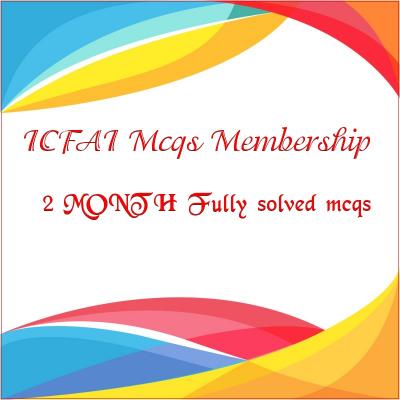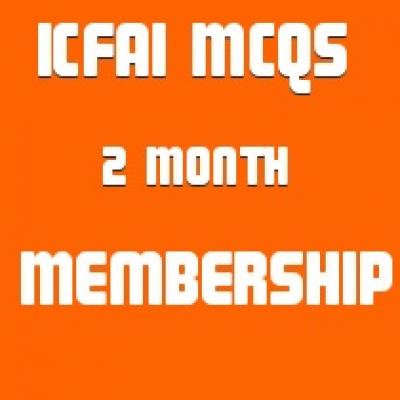SUPPLY CHAIN MANAGEMENT
Price:
Rs500
Q1. When demand is steady, the cycle inventory for a given lot size (Q) is given by:
-
Q/4
-
Q/8
-
Q/6
-
Q/2
Q2. There are two firms ‘x’ and ‘y’ located on a line of distance demand(0-1) at ‘a’ and ‘b’ respectively, the customers are uniformly located on the line, on keeping the fact of splitting of market, the demand of firm ‘x’ will be given by:
-
(a+b)/2
-
a+(1-b-a)/2
-
(1+b-a)/2
-
a+(a-b)/2
Q3. Push process in supply chain analysis is also called:
-
Speculative process
-
Manufacturing process
-
Supplying process
-
Demand process
Q4. If the Throughput be ‘d’ and the flow time be ‘t’ then the Inventory ‘I’ is given by:
-
I *d=t
-
I=t+d
-
d=I*t
-
I =d*t
Q5. Forecasting method is:
-
Time series
-
causal
-
Qualitative
-
All the above
Q6. Component of order cost include:
-
Handling cost
-
Occupancy cost
-
Receiving costs
-
Miscellaneous costs
Q7. How many distinct types of MRO inventory are there?
-
One
-
Four
-
Three
-
Two
Q8. Supply chain driver is:
-
Inventory
-
Return ability
-
Fulfillment
-
All of above
Q9. SRM stands for:
-
Strategic Relationship Management
-
Supply Return ability Management
-
Supplier Relationship Management
-
None of the above
Q10. Discount factor equals to, where k is the rate of return.
-
1/1+k
-
2/1+k
-
1/1-k
-
1/2+k
Part Two:
Q1. Explain “zone of strategic fit”.
Q2. Explain “scope of strategic fit”.
Q3. What do you understand by “Stimulation Forecasting Method”?
Q4. Write a note on “Obsolescence (or spoilage) cost”.
Q5. Define “Square Law” in safety inventory of supply chain management.
Q6. What does the word “postponement” signifies in supply chain?
Q7. What do you understand by the term “tailored sourcing”?
Q8. Explain the term “Outsourcing”.
Q9. Write a note on “threshold contracts” for increasing agent efforts.
Q10. How much safety inventory of each variant must Orion keep without component commonality? What are the annual holding costs?
Q11. How much safety inventory must be kept in component form if Orion uses common components for all variants? What is the annual holding cost? What is the increase in component cost using commonality? Is commonality justified across all variants?
Q12. At what cost of commonality will complete commonality be justified.
Q13. At what cost of commonality will commonality across the low-volume variants be justified.
Q14. How many units of each type of player should the electronics manufacturer order if there are no capacity constraints
Q15. How many times of each type of player should the electronics manufacturer order if the available is 140,000? What is the expected profit?
Q16. Consider two products with the same margin carried by a retail store. Any leftover units of one product are worthless. Leftover units of the other product can be sold to outlet stores. Which product should have a higher level of availability? Why?
Q17. McMaster-Carr sells maintenance, repair, and operations equipment from five warehouses in the United States. W.W. Grainger sells products from more than 350 retail locations, supported by several warehouses. In both cases, customers place orders using the Web or on the phone. Discuss the pros and cons of the two strategies.
1. Case study solved answers
2. pdf/word
3. Fully Solved with answers







